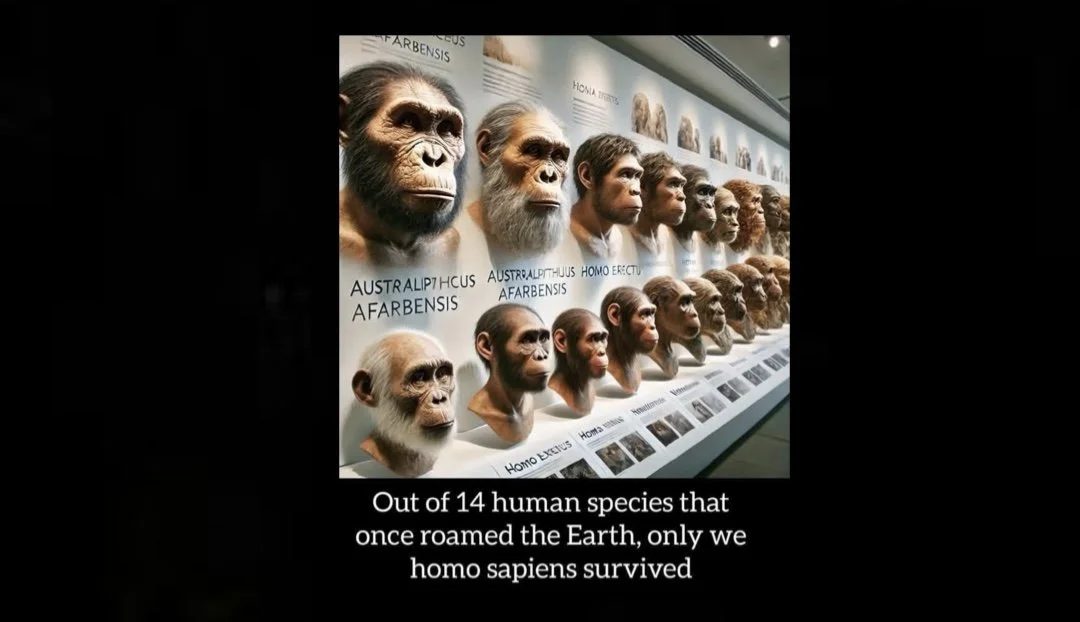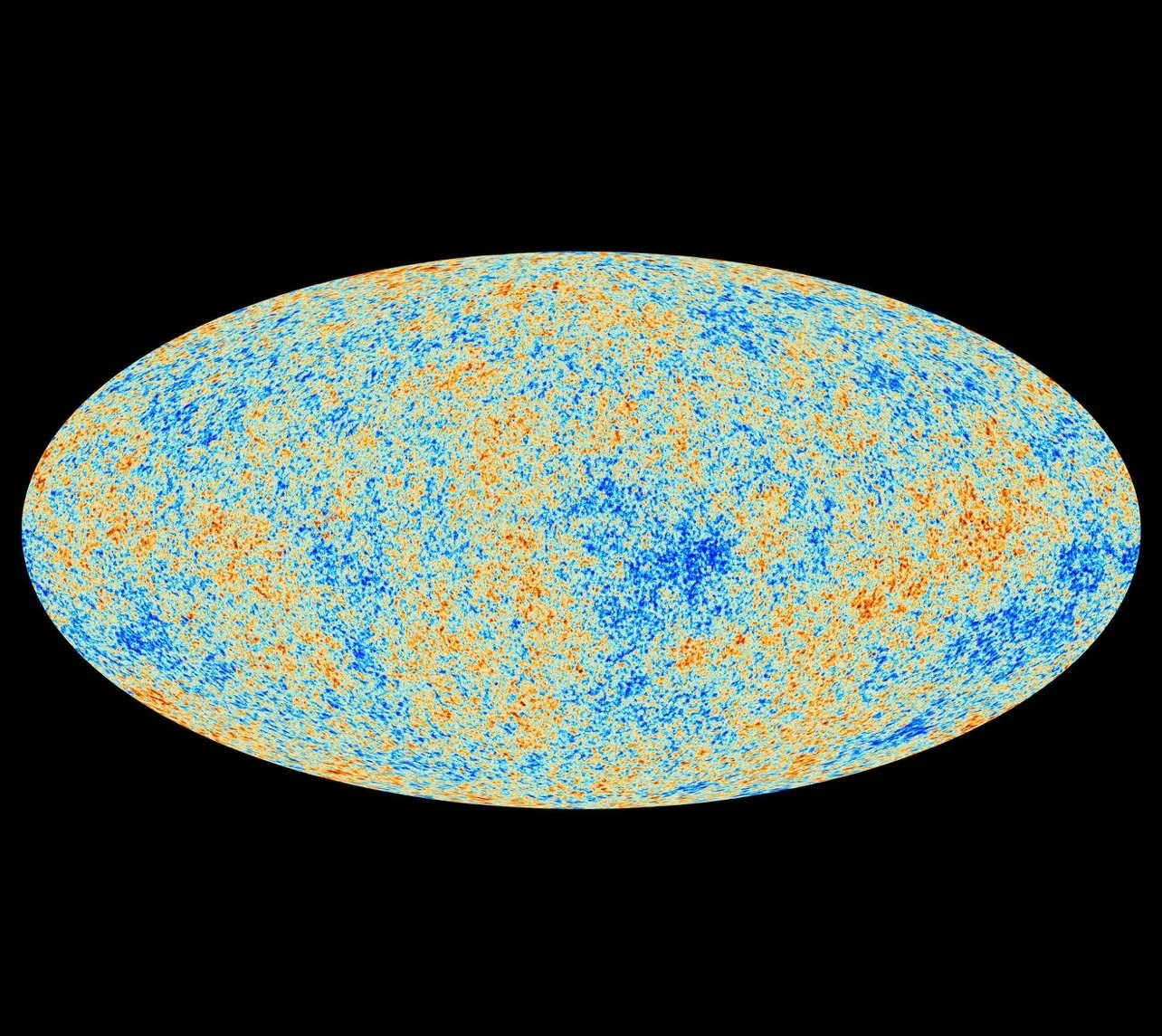Google’s AI Overview Debunks Design Arguments Every Time!
One of the biggest problems with evolutionary theory is that what is assumed is almost always presented as if it were evidence. The reasoning runs in circles: an assumption is made, and then that assumption is pointed back to as proof the assumption was correct. Any objection raised is brushed aside, not by new discoveries, but by recycling the same assumptions.
This is how the logic works: fossils are assumed to be stages in a long process of gradual change, so fossils are presented as evidence of gradual change. DNA similarities are assumed to prove common ancestry, so DNA similarities are presented as evidence of common ancestry.
Darwin’s Theory Will Be Replaced by 2040: Goodbye Evolution, Hello Simulation
By the year 2040, Darwin’s theory will be fully replaced. It will not vanish overnight, because theories this entrenched never do. Too many careers, institutions, funding streams, and reputations are tied to it. But by then, it will be undeniable that the theory of speciation by natural selection is obsolete. In fact, Materialism as we know it will vanish.
The Propaganda of “Science Deniers”: Why Do They Deny Evidence?
The phrase “science denier” has become a common weapon in public debate. At first glance it sounds serious, even damning. Who would want to deny science, the enterprise that gave us electricity, antibiotics, and space travel? Yet the vagueness of the phrase is the key to its use as a propaganda tool.
Most people don’t deny that the moon exists. Even the few who claim it’s a hologram are not treated as a serious problem. Likewise, no one denies that water boils at a certain temperature or that plants carry out photosynthesis.
Still No Answer After 3 Decades: Darwin’s Theory Dismantled
Darwin himself had admitted in The Origin of Species: “If it could be demonstrated that any complex organ existed which could not possibly have been formed by numerous, successive, slight modifications, my theory would absolutely break down.” Behe took Darwin at his word, and asked the question: Do such systems exist? His answer was yes — at the molecular level. Behe’s examples included the bacterial flagellum, the blood-clotting cascade, and the immune system. All are systems where the removal of any one part leads to collapse of function. With these systems, Behe did something few biologists dared: he asked whether a step-by-step Darwinian pathway could actually be demonstrated. His challenge was simple: show a testable, detailed, evolutionary route that builds an irreducibly complex system through random mutation and natural selection.



